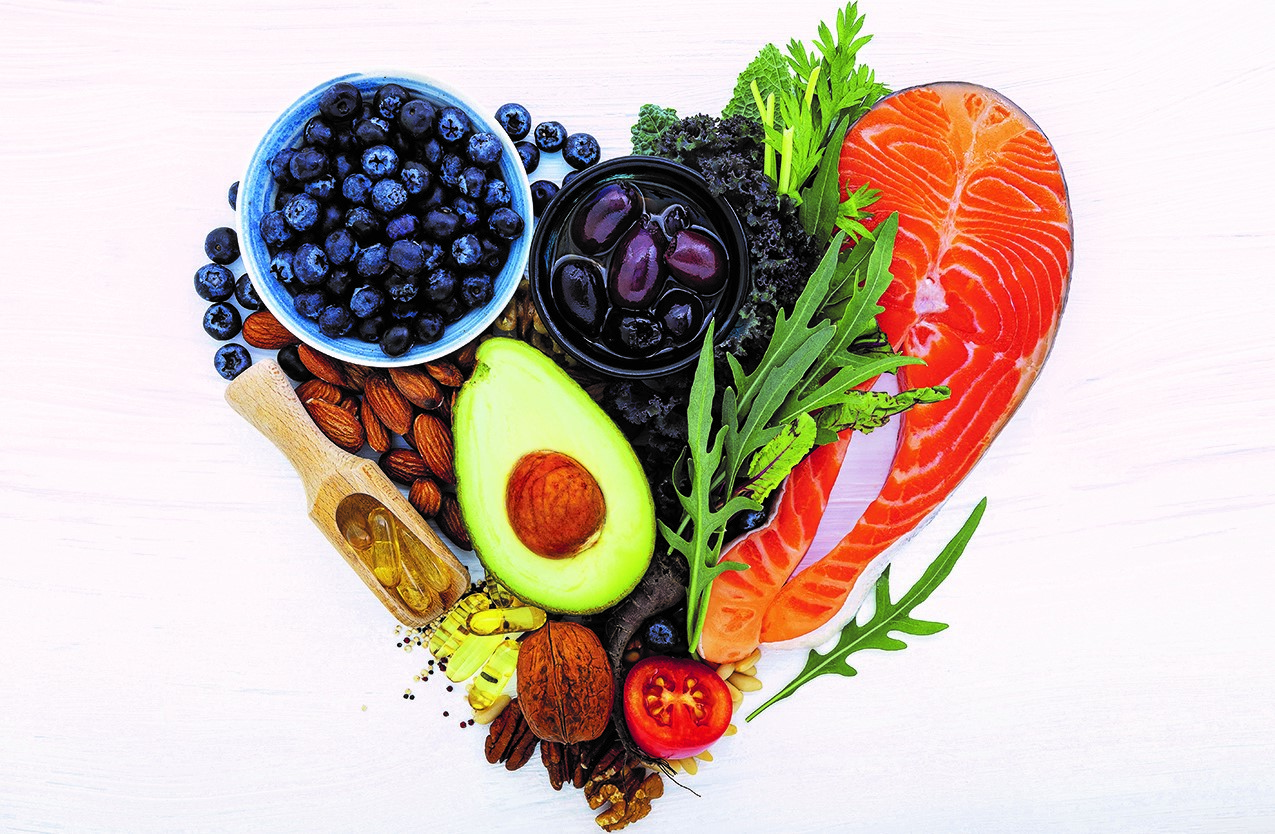Nutrition is a popular topic of conversation, particularly among those embarking on a weight loss or maintenance plan. Individuals carefully study food macros and pore over various diets to get the most out of the foods they eat. When the end goal is simply looking good, it may be easy to forget about the other benefits of nutritious diets, including their link to overall health.
A close relationship exists between nutritional status and health. Experts recognize that good nutrition can help reduce the risk of developing many diseases, including heart disease, stroke, diabetes, and some cancers. The notion of “you are what you eat” still rings true.
The World Health Organization indicates that better nutrition means stronger immune systems, fewer illnesses, and better overall health. However, according to the National Resource Center on Nutrition, Physical Activity, and Aging, one in four older Americans suffers from poor nutrition. And this situation is not exclusive to the elderly. A report examining the global burden of chronic disease published in The Lancet found that poor diet contributed to 11 million deaths worldwide — roughly 22 percent of deaths among adults — and poor quality of life. Low intake of fruits and whole grains, and high intake of sodium are the leading risk factors for illness in many countries. Common nutrition problems can arise when people favor convenience and routine over balanced meals that truly fuel the body.
When it comes to improving nutrition, guidelines regarding how many servings of each food group a person should have each day may vary slightly by country, but they share many similarities. The U.S. Department of Agriculture once followed a “food pyramid” guide, but has since switched to the MyPlate resource, which emphasizes how much of each food group should cover a standard 9-inch dinner plate. Food groups include fruits, vegetables, grains, proteins, and dairy. The USDA dietary guidelines were updated for its for 2020-2025 guide, which you can download at https://dietaryguidelines.gov.
Recommendations in the guidelines vary based on age and activity levels, but a person eating 2,000 calories a day should eat 2 cups of whole fruits; 2½ cups of colorful vegetables; 6 ounces of grains, with half of them being whole grains; 5½ ounces of protein, with a focus on lean proteins; and 3 cups of low-fat dairy. People should limit their intake of sodium, added sugars, and saturated fats. As people age, they generally need fewer calories due to being less active. However, children may need more calories because they are still growing and tend to be very active.
Those who are interested in preventing illness and significantly reducing premature mortality from leading diseases should carefully evaluate the foods they eat, choosing well-balanced, low-fat, nutritionally dense options that keep saturated fat and sodium intake to a minimum.
Want to learn more? Come to a free virtual event titled BNMC First Annual Food as Medicine Symposium on Saturday, October 16, 2021, from 8:30 am to 4:30 pm. You will learn how food can be used to improve your health and prevent disease. For more information and to register, visit https://bnmc.org/bnmc-1st-annual-food-as-medicine-symposium












